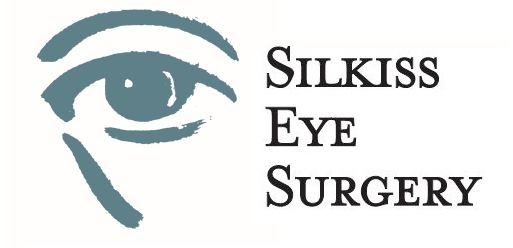COSMETIC SURGERY
Upper Eyelid Blepharoplasty
(Eyelid Lift)
Lower Eyelid Blepharoplasty
(Lower Eyelid Bags)
Asian Eyelid Surgery
(Double Eyelid)
NON-SURGICAL COSMETIC OPTIONS
RECONSTRUCTIVE SURGERY
Ptosis (Drooping Upper Eyelids)
Eyelid Malpositions
(Ectropion & Entropion)
Eyelid Skin Cancer
and Reconstruction
Chalazion, Stye, and Skin Tags
Tearing and Lacrimal System
(Tear Duct)
Thyroid Eye Disease
(Graves' Disease)
Prosthetic Eye &
Eye Socket Surgery
Congenital Ptosis and Pediatric Conditions
Facial Paralysis (Bell's Palsy)
UPPER EYELID BLEPHAROPLASTY (EYELID LIFT)
As we grow older, our eyelid skin tends to lose elasticity and become thinner, and the deeper orbital fat behind our eyelids tends to protrude forward. This often results in a sensation of heaviness and a tired, older, or puffy appearance. In some people the excess skin can actually block peripheral vision. In women, the overhanging skin may cover the area of the eyelids where eyeshadow is usually applied.
THE PROCEDURE
An upper eyelid blepharoplasty consists of removing this excess upper eyelid skin. If the fat pockets protrude, they can be excised at the same time. An upper eyelid blepharoplasty can give a more youthful appearance and may even improve peripheral vision. If the eyelids are also drooping (ptosis), or the brows are sagging, an upper eyelid blepharoplasty maybe performed at the same time as ptosis surgery or brow lift. It can also be performed at the same time as a lower eyelid blepharoplasty. The surgery will not eliminate fine wrinkles along the sides of the eyelids. Botox is usually the preferred treatment for that and can be administered at the same time as surgery, or separately in the office.
Our doctors will discuss their assessment with you and go over your personal plan and what to expect after surgery during your preoperative visit. The surgery may be performed in the office using only local anesthesia or in the operating room under sedation (twilight) depending on your surgical plan.
RECOVERY AFTER SURGERY
Surgical time usually varies between 30 minutes and 2 hours depending on the particular details of each case. You may expect to go home on the day of surgery. There is usually minimal to no pain after blepharoplasty surgery and most patients resume their normal daily activities the following day. Heavy lifting should be avoided for 1-2 weeks. You may experience mild discomfort, which is controlled with oral medication. Swelling and bruising significantly improves after a few days and usually is minimally noticeable after 2 weeks, however healing time can vary between individuals. Sutures are removed on the first postoperative visit, usually 7-10 days after surgery. Eyelid make-up and contact lens use may usually be resumed 1-2 weeks after surgery.
SPECIAL CONSIDERATIONS
Our doctors will perform a thorough eye exam prior to any eyelid surgery. If you have a history of dry eyes, you should be treated appropriately prior to surgery because upper eyelid blepharoplasty may worsen dry eye symptoms. Sometimes surgery is postponed or determined to be inadvisable if symptoms are significant enough. A history of prior eyelid surgery may put you at risk for inadequate eyelid closure or dry eyes after surgery. It is important to see an eyelid specialist to coordinate a surgical plan that will not only give the most aesthetically natural appearance but more importantly, maintain vital eye health.

